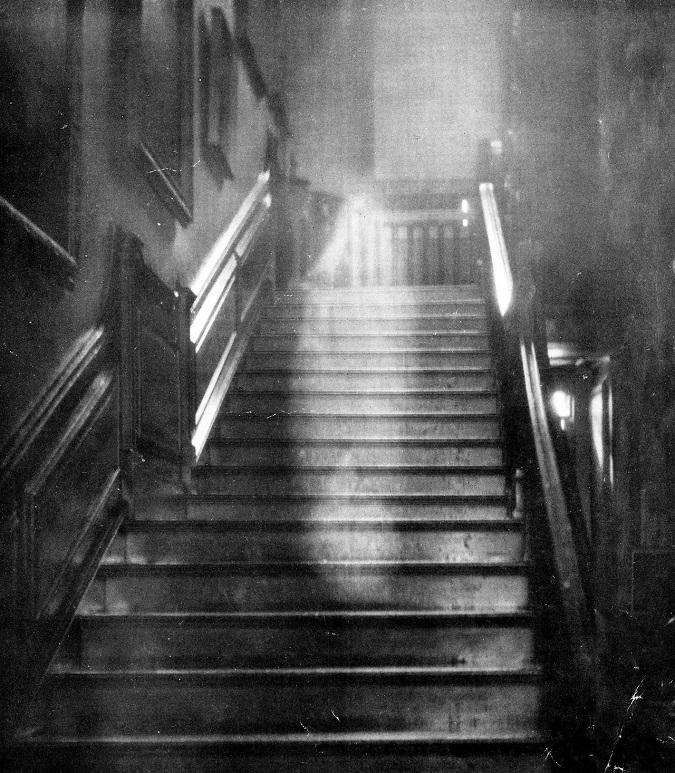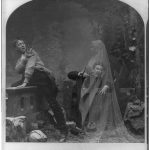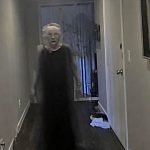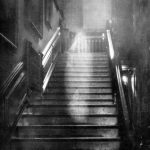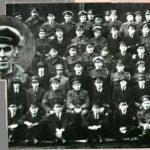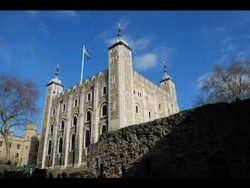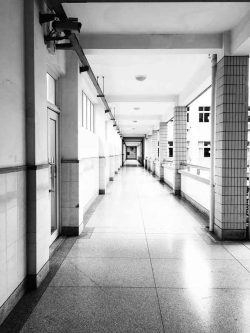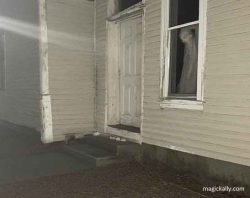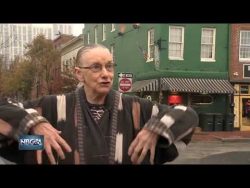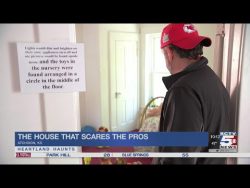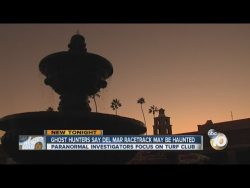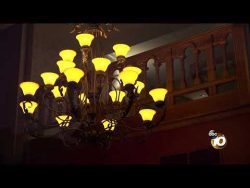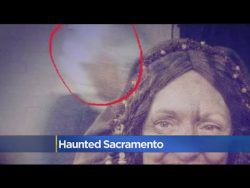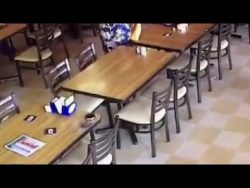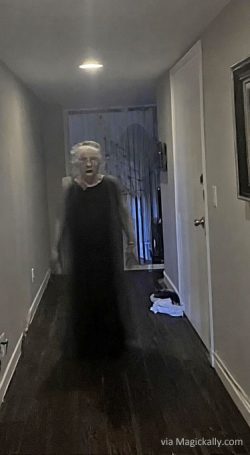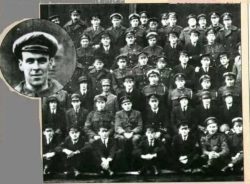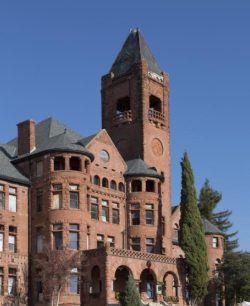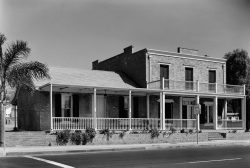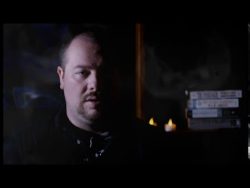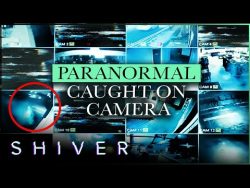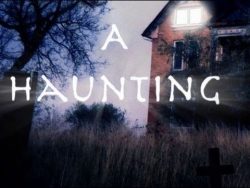Brown Lady of Raynham Hall Ghost
This is the infamous photograph of the Brown Lady of Raynham Hall. The Brown Lady is a ghost that reportedly haunts Raynham Hall in Norfolk, England.
Deep in the heart of Norfolk, England, Raynham Hall stands as a grand testament to history, its red-brick walls whispering tales of a ghostly figure that’s chilled spines for centuries.
The Brown Lady, believed to be Lady Dorothy Walpole, is no mere ghost story—she’s a global paranormal icon, immortalized in a 1936 photograph that still sparks heated debates.
For anyone hooked on the unexplained, her tale weaves a gripping mix of tragedy, mystery, and a haunting image that refuses to fade.
Whether you’re a skeptic or a believer, the Brown Lady’s legend offers a window into a past where love, betrayal, and death collide, making Raynham Hall a must-know for paranormal fans.
Dorothy Walpole, sister of Britain’s first Prime Minister, Robert Walpole, married Charles Townshend, 2nd Viscount Townshend, in 1713.
Local lore claims her life unraveled when Townshend, suspecting her of an affair with Lord Wharton, locked her away in Raynham Hall until her death in 1726, reportedly from smallpox.
Some whisper her funeral was a sham, with Dorothy languishing in confinement, her spirit now doomed to roam the manor.
The first sighting came in 1835 during a Christmas party, when guest Lucia C. Stone saw a woman in a brown brocade dress glide through the halls.
Colonel Loftus, another guest, encountered her twice, describing a glowing face with hollowed-out eye sockets, a detail so terrifying it sent staff packing.
In 1836, novelist Captain Frederick Marryat, staying to debunk the ghost, fired his pistol at her grinning, eyeless form, only for the bullet to pass through, cementing her legend.
The Brown Lady’s fame skyrocketed on September 19, 1936, when photographers Captain Hubert C. Provand and Indre Shira, shooting for Country Life magazine, captured her misty figure descending Raynham’s oak staircase.
Shira spotted the veiled, gown-clad apparition mid-shot, urging Provand to snap the shutter. The resulting image, published in Country Life and later Life magazine, shows a translucent woman, her form eerily clear.
Paranormal expert Harry Price vouched for its authenticity, finding no signs of tampering, but skeptics like John Booth argue it’s a double exposure, possibly mimicking a Virgin Mary statue.
The photo’s pedestal-like base and draped pose fuel doubts, yet its haunting clarity keeps it a cornerstone of ghost lore, endlessly debated on platforms like X, where users call it a chilling classic or a clever 1930s trick.
Sightings persisted beyond the photo.
In 1926, Lady Townshend’s son and a friend saw the Brown Lady, matching her to Dorothy’s portrait. Later reports claim she drifts to nearby Houghton Hall or Sandringham House, unbound by Raynham’s walls.
Medical records from the 1960s, however, suggest Dorothy lived happily, challenging the abuse narrative and raising questions about her restless spirit.
Could her ghost stem from a different sorrow, or is the tale embellished folklore?
Raynham Hall, built in 1619 and expanded by William Kent, remains the Townshend family’s private home, open only for rare tours that highlight its Palladian elegance over its paranormal fame.
Yet the Brown Lady’s presence lingers, joined by whispers of other ghosts—a cocker spaniel’s keeper, spectral children, even the Duke of Monmouth. The manor’s wartime scars, with bullet marks from its use as a British military base in World War II, add another layer to its haunted aura.
While Raynham shuns the ghost-tour hype of places like Chillingham Castle, the Brown Lady’s story thrives in books, Reddit threads, and paranormal circles. X posts buzz about the 1936 photo, with some users hailing it as proof of the afterlife, others dismissing it as nostalgia-driven hype.
Whether you see the image as evidence or artifice, it challenges you to grapple with the unknown.
Would you climb Raynham’s staircase at twilight, knowing who might appear?
The Brown Lady of Raynham Hall remains a timeless mystery, her eyeless gaze and brown dress a haunting echo of a past that refuses to rest.
